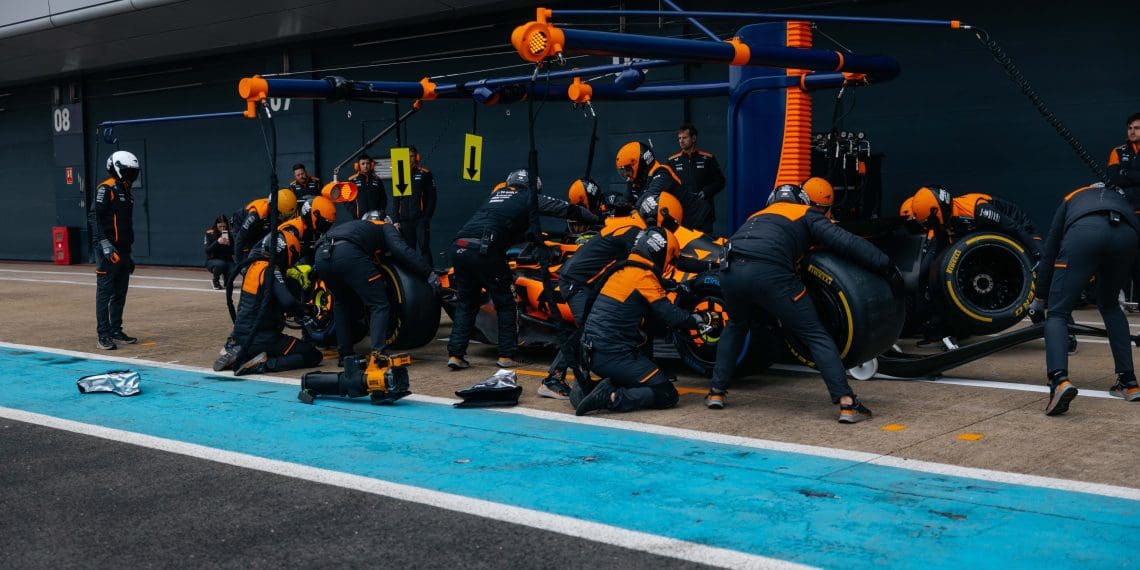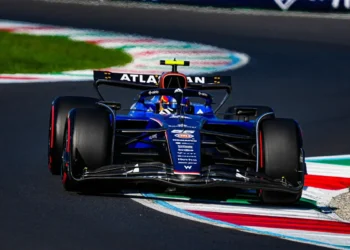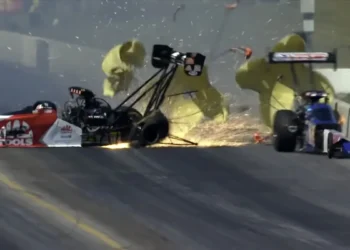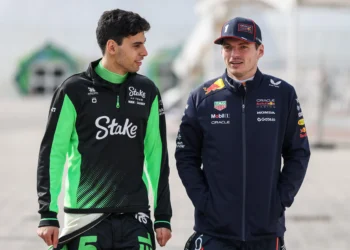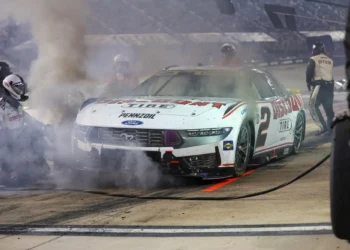As Formula 1 speeds toward its long-awaited 2026 rules revolution, the 2025 season will serve as a crucial stepping stone. While the regulations remain largely stable compared to previous years, that doesn’t mean the status quo remains untouched. This season will introduce some significant technical and sporting changes, fine-tuning aspects of the sport that have stirred controversy in recent years.
From removing the fastest lap bonus point to clamping down on flexible wings, and even introducing a driver cooling system, these six major rule changes could have a decisive impact on the upcoming championship battle.
1. No More Fastest Lap Bonus Point
For the first time since 2019, Formula 1 is ditching the extra point for the fastest lap in a race. This decision comes after growing frustration that the bonus point was often exploited by backmarkers who had nothing to lose, as seen when Daniel Ricciardo snatched the fastest lap in Singapore 2024 despite finishing outside the top 10 and denying title contenders a crucial point.
While the fastest lap rule added an extra strategic layer, it became more of a gimmick than a genuine sporting factor. By eliminating it, F1 aims to ensure that every single point earned contributes meaningfully to the championship battle.
2. Minimum Car Weight Increased to 800kg—But It’s a Win for Heavier Drivers
F1’s weight problem has been a growing concern, with cars becoming heavier due to hybrid power units, reinforced safety features, and added electronic systems. In 2025, the minimum car weight will increase from 798kg to 800kg, but this time, the added weight is designed to level the playing field for heavier drivers.
Previously, F1 required drivers to weigh at least 80kg (including ballast), but that has now been raised to 82kg. This adjustment ensures that larger drivers don’t face an unfair disadvantage compared to their lighter rivals.
3. Cooling Systems Introduced for Drivers in Extreme Heat
Following the brutal conditions at the 2023 Qatar Grand Prix, where multiple drivers nearly passed out due to extreme heat and humidity, the FIA has introduced mandatory cooling systems for certain races.
When track temperatures exceed 30.5°C (86.9°F), teams must fit a battery-powered cooling vest into the car, which circulates coolant around the driver’s body.
Additionally, teams can open up an extra cooling duct on the nose of the car to allow more airflow inside the cockpit.
With more hot-weather races on the F1 calendar, including stops in the Middle East and Southeast Asia, driver safety is now a higher priority than ever.
4. Cracking Down on Flexible Wings – No More “Mini-DRS” Tricks
McLaren’s ingenious rear wing trickery in 2024, dubbed “mini-DRS”, caught the paddock’s attention when flexing elements helped reduce drag at high speeds. While the FIA worked with McLaren to limit the effect last season, 2025 will see a strict ban on any similar concepts.
- The slot gap width in the rear wing has been tightened from 10-15mm to 9.4-13mm.
- DRS can only have two fixed positions—either fully open or fully closed, preventing flexible aero elements from creating an extra advantage.
Similarly, the FIA is cracking down on front wing flexing, which had become a gray area exploited by teams like McLaren, Mercedes, and later Ferrari. Starting from the Spanish Grand Prix, the allowable flex has been reduced by 33%, making aero elasticity much harder to exploit.
This could impact Red Bull’s 2025 car development, as Adrian Newey’s designs have historically relied on clever aerodynamic flexibility.
5. Limiting Private Testing with Older Cars
Teams have long used Testing of Previous Cars (TPC) as a loophole to gain extra data without violating official in-season testing restrictions. However, starting in 2025:
- Teams will be limited to 20 days of TPC running per season.
- Race drivers can only complete 1000km of private testing, split over a maximum of four days.
This ensures that wealthier teams like Red Bull, Ferrari, and Mercedes can’t gain an unfair edge through extensive private test programs with their 2-4 year-old cars.
Additionally, F1 is doubling the mandatory rookie practice sessions from two to four per season, further encouraging young driver development.
6. Grid Formation Rule Clarifications After 2024 Chaos
The 2024 Brazilian Grand Prix exposed a glaring loophole in F1’s regulations when rain wiped out Saturday’s qualifying session, leaving confusion over how the grid should be determined.
With Sprint Weekends complicating the format, the FIA has now formalized a procedure:
- If qualifying cannot take place, the grid will be set based on the current Drivers’ Championship standings.
- The final starting grid will now be confirmed 1 hour before the race (instead of 2 hours).
- If a car is withdrawn within 75 minutes of the race start, its position will be removed, and the rest of the grid will shuffle forward, eliminating empty grid spots.
This change removes ambiguity and ensures that title contenders aren’t unfairly penalized by last-minute disruptions.
How Will These Changes Impact the 2025 Season?
While none of these rule tweaks are game-changers, they will influence team strategies, car performance, and race dynamics:
- Teams can no longer rely on late-race pit stops to steal a fastest lap point.
- Aerodynamic flexibility is being reined in, which could impact McLaren, Mercedes, and Ferrari’s design approaches.
- Supersized drivers get a fairer playing field, but the extra 2kg weight increase might pose setup challenges.
- Cooling system regulations could force teams to alter their car packaging, affecting aerodynamics at certain races.
With stable regulations and no radical changes until 2026, the 2025 F1 season will be won through innovation, execution, and consistency. But as always in Formula 1, teams will push every loophole to its limit, and it won’t be long before someone finds a new gray area to exploit.
Buckle up—2025 is shaping up to be a fascinating battle.

